Are you looking for a frying pan for induction, but are you still figuring out which frying pan for induction you need? Then you’re in the right place. In this extensive buying guide, we will explain all the pros and cons of different frying pans for induction. We will also draw a final conclusion with the answer to which frying pan for induction you should choose. We’ll tell you everything about your new frying pan!

Induction frying pan Signature from Cook and Pan
How does an induction cooktop work?
Let’s start at the beginning: how does an induction cooktop work? Induction cooktops work thanks to electromagnetic radiation. They are therefore magnetizing. The electromagnetic radiation heats only the pan and not the surroundings. So it’s much safer than cooking on, for example, gas. Because of this, it’s important that your pots and pans are magnetic, otherwise your new frying pan won’t heat up.
Which factors are important when choosing a new frying pan for induction?
When choosing a frying pan for induction, several factors are important. Consider the material, the bottom of the pan, the size, and the quality.
Material
Material plays a big role when choosing your new pan for induction. It’s important to choose a magnetic material; otherwise, it won’t work on the induction cooktop. Pans that are magnetizing: cast iron, stainless steel, enameled steel, aluminum, and copper. Pans you better avoid are made of glass or other non-magnetic materials.
Bottom of the pan
An induction pan must have a flat and thick bottom. This ensures the heat is distributed evenly in the pan. The thicker the bottom, the better the quality. At Cook and Pan, for example, all bottoms are extremely thick, making them perfectly suitable for induction cooking. Do you have a pan with a rounded (warped) bottom or a bottom that’s too thin? Unfortunately, these are not suitable for induction cooking.
The size of the pan
The size of the pan is also important. Check if the pan fits your induction cooking zone. A pan that is too small will not work well on an induction cooktop. For example: don’t put an induction saucepan on a cooking zone that is twice as large. The other way around also applies: a pan that is too large won’t work smoothly on a small cooking zone of the induction plate.
The quality of your pan
Quality is definitely important when it comes to pots and pans. You’d rather spend a bit more to be sure of good quality. This gives you the best cooking performance, is nicer to use, and lasts longer. You should see your pots and pans as an investment that will last a long time. If a pan costs just a few tens of euros, it’s better to avoid it. In most cases, it will only last a few months.
The right non-stick coating for your pan
Besides the material and the bottom of the pan, the non-stick coating is also important when choosing induction cookware. 70% of all households still cook in a pan with a non-stick coating containing PFAS, a chemical substance that can be released during frying. Therefore, choose the safe option: the ceramic non-stick coating. A ceramic non-stick coating is an excellent option for people who want to cook healthier because less oil or butter is needed when cooking and the ingredients don’t stick to the pan. The non-stick coating is actually made of ceramic. It’s so smooth that no food sticks to the pan.
The ceramic non-stick coating is durable and resistant to scratches and wear, making the pan last longer. Moreover, it’s easy to clean, which makes the cooking process even more enjoyable.
Conclusion:
It’s important to choose the right induction cookware to achieve the best results when cooking on an induction cooktop. Take into account the magnetizing material, the bottom of the pan, size, quality, and safe non-stick coating.
By choosing one of the pans from Cook and Pan, you can be sure you’re getting high-quality frying pans for induction. You can choose from all the materials and options you want. Enjoy your induction pans to the fullest and the delicious dishes you can prepare with them.
💡 Note: we love to cook with courage, but safety always comes first. You can read more about this on our disclaimer page.






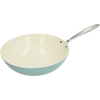


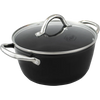

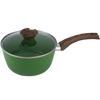
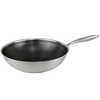
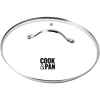
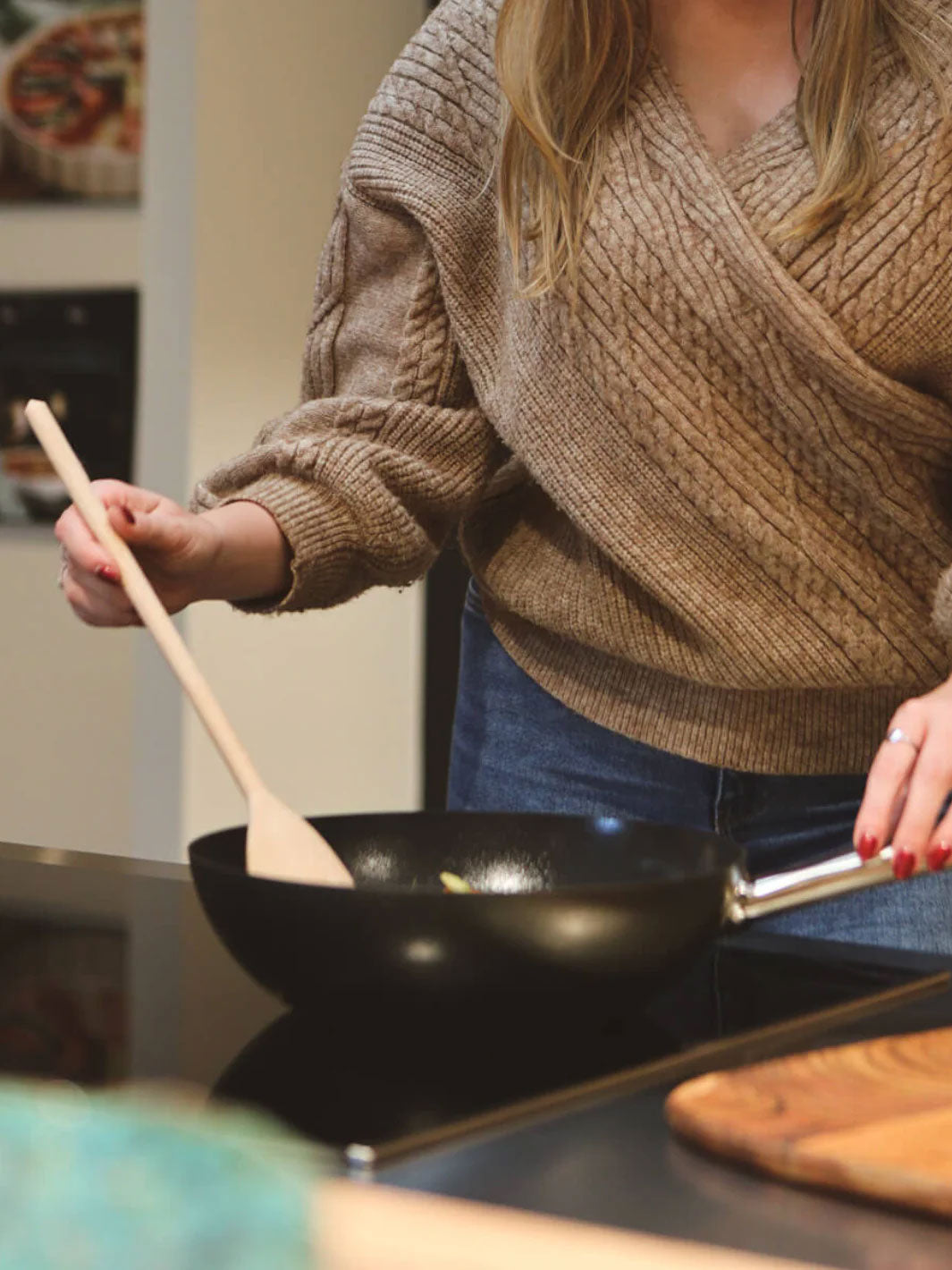
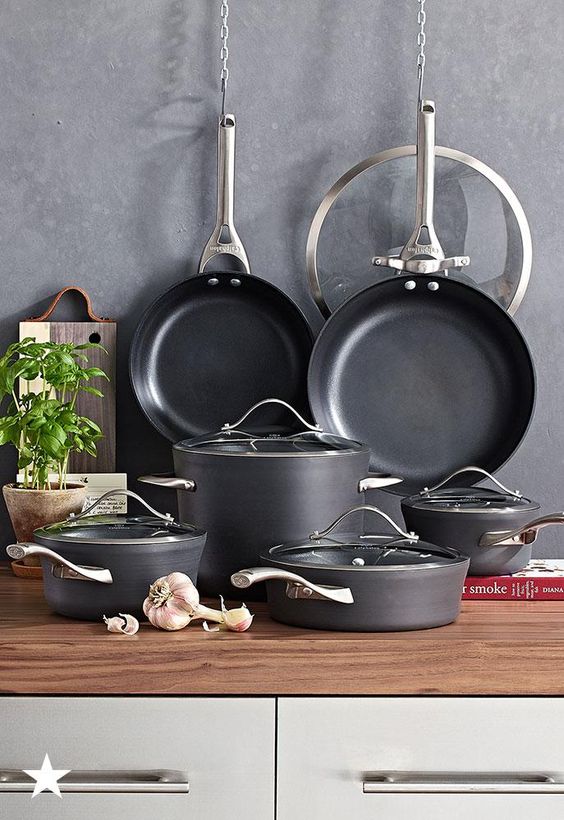
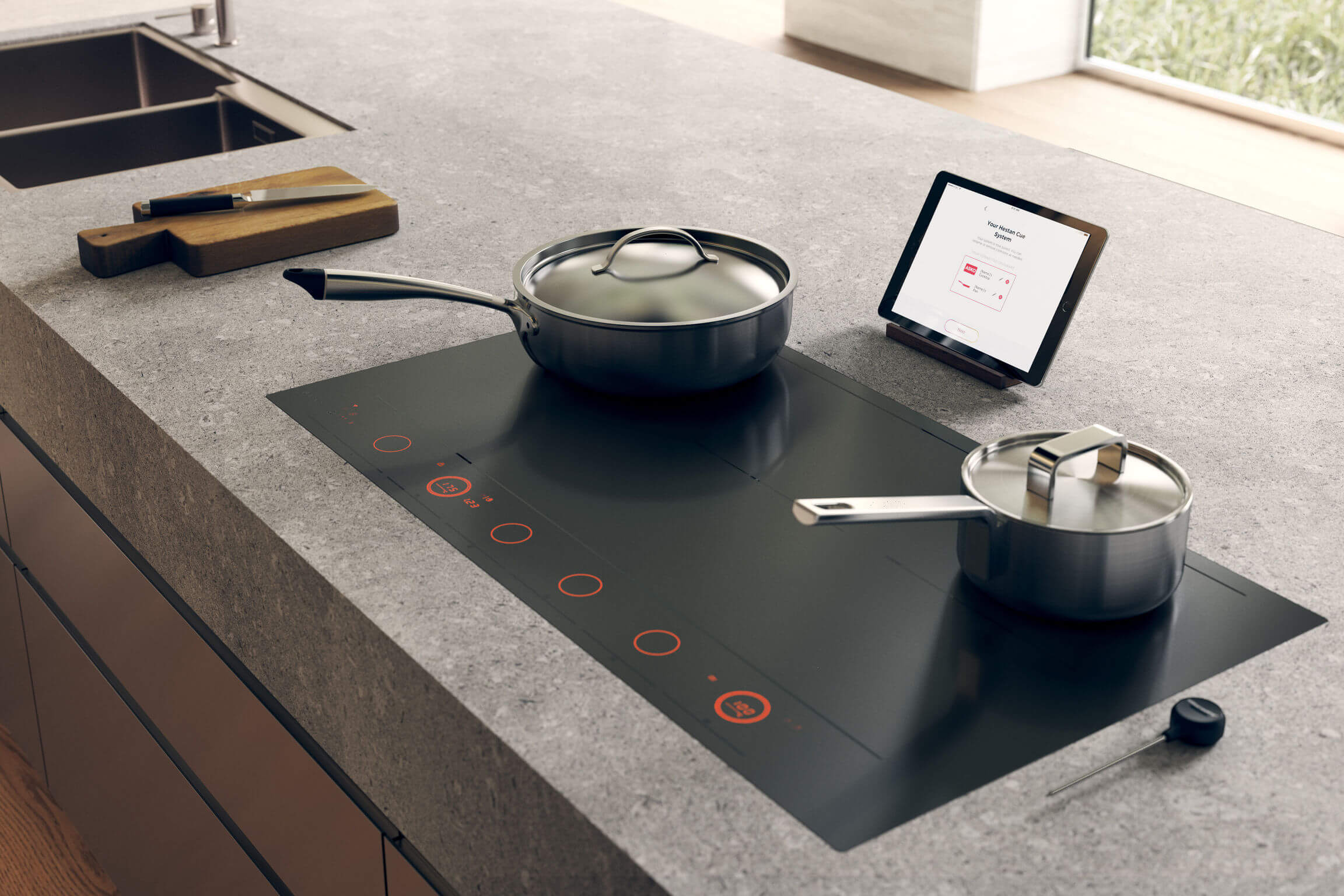

Leave a comment
This site is protected by hCaptcha and the hCaptcha Privacy Policy and Terms of Service apply.